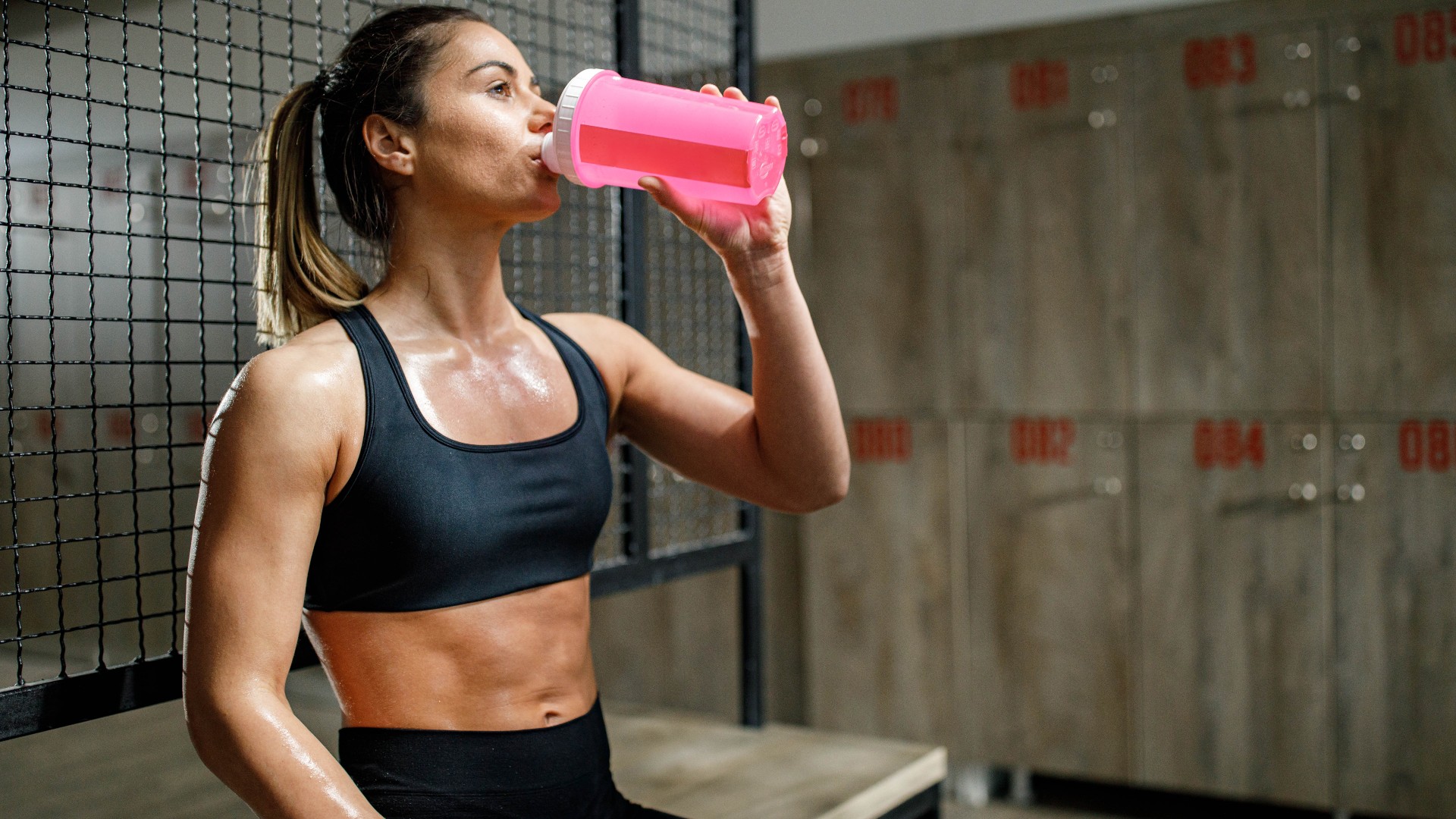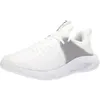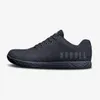
Have you ever wondered whether you should be doing fasted exercise or training fed to benefit from fat loss? We’ve spoken to a sports nutritionist, clinical nutritionist and top performance coach to learn the pros and cons and help you decide which is best for you.
Put simply, fed-state training means training post-feed — so eating before your workout — within a specific time window. Fasted training refers to exercise performed without eating beforehand, upward of 4 hours.
The main difference is that your body will tap into specific energy sources depending on the available fuel. Depending on how you like to exercise, one may be more beneficial than the other for achieving your fitness goals. Grab one of the best protein shakers for your pre or post-workout re-fuel and read on to see how.
What is fed training?
According to Reema Pillai, sports nutritionist at Dietitian Fit, fed-state training means you’ll train after eating, “usually within 2-4 hours after eating a meal, where the body is digesting food and absorbing the nutrients.”
It’s preferable for people who don’t feel energized training on an empty stomach. Still, certain sports and training programs may require a whack of slow-release or fast-release energy from carbs or protein (think powerlifting, marathon training, or sprinting) to fuel higher-intensity or longer workouts.
What is fasted training?
“This is where exercise is performed on an empty stomach, usually with at least a 4 to 6-hour gap between exercising and the last food being consumed,” says Pillai.
“Fasted exercise can help with concentration and reduces the risk of feeling nauseous as no food is in the stomach and being digested… this can improve exercise performance for some.” In particular, those who enjoy intermittent fasting and morning workouts.
Get instant access to breaking news, the hottest reviews, great deals and helpful tips.
Fed-state training: Benefits
Training after a feed provides your muscles with an immediate energy source for exercise, reducing the delay in supplying your body with essential nutrients post-workout.
According to Pillai, this aids in faster recovery and muscle growth, reduces the rate of perceived exertion (RPE), improves energy levels and could help you push further. “When training after eating, there is also less need for the production of cortisol, which can otherwise lead to spikes in cortisol production,” she adds.
But some people can feel sluggish, especially when consuming too much before exercise, so you’ll need to consider quantity, quality and timing.
Arj Thiruchelvam, who works with novice exercisers through to Team GB Olympians, strongly advocates eating before a workout, recommending strength athletes train during their feeding window and citing that fasting, on average, leads to worse performance. It makes sense, right? You've physically got less in the tank.

Like most things, there's research to swing both ways. That said, a 2023 study in the International Journal of Sports Physiology and Performance into resistance training during Ramadan concluded resistance training has “greater effects on muscle strength” in fed-state training, advising sessions to be scheduled after breaking fast.
However, no adverse effects on muscle growth or strength were found if training fasted in this instance. “It’s not a black and white rule and preference for easily digestible foods is possible, but it’s not optimal to train fasted as you can push harder, for longer, in a fed state,” Thiruchelvam adds.
Rimas Geiga, a clinical nutritionist, explains this is partly because training leverages the body’s immediate access to nutrients, typically within the postprandial window of 1 to 3 hours. “This timing allows for optimal glycogen availability, facilitating sustained energy levels,” she says.
“Athletes and fitness enthusiasts seeking to maximize performance often favor fed-state training, capitalizing on the synergistic effects of nutrient intake and exercise on muscle protein synthesis.” But she warns it can inhibit the utilization of stored fat as a fuel source, which some have traditionally linked to aiding fat loss.
Is it good to workout in a fasted state?
Sports nutritionist Pillai advises training in a fasted state can lead to more fat burn, but only during exercise. “Carbohydrate stores are low during exercise, so the body will switch its fuel source to fat to preserve energy stores in the muscle and liver. This has led to the idea that fasted training increases overall fat burn, but has little to no effect on overall fat loss,” she says.
Exercising in a glycogen-depleted state, typically before breakfast, means you rely on fat stores for energy rather than carbs, which taps into fat oxidation and could enhance metabolic flexibility.
But overall energy balance determines fat loss (energy in versus energy out), so once you’ve refueled, the body can switch back to carbohydrates for energy. “Fat oxidation during exercise does not lead to overall fat loss, unless in a calorie deficit,” she adds. Meaning, you'll need to look at your overall energy expenditure and calorie consumption.
According to coach Thiruchelvam, it’s all in the terminology. “Fat oxidation, which is different from losing body fat, increases during the workout,” leading people to believe it’s ideal to train fasted.

“We know the academic literature demonstrates this isn’t the case when calories are equated,” he says. “There are only two pros for fasted training and they are entirely subjective based on the person” — whether or not someone feels comfortable training after food and if there’s time to eat properly beforehand.
Nutritionist Geiga says advocates of the training style claim more benefits though, including improved insulin sensitivity, controlled blood sugar, metabolic flexibility and potential metabolic adaptations.
Research published in the British Journal of Nutrition backs some of these claims, especially concerning fat oxidation. But fasted exercise can also increase hunger in fasted individuals, leading to the potential for higher calorie intake.
For some people, especially those who enjoy explosive exercises like plyometrics, sprinting, or strength training like powerlifting and CrossFit, exercise performance can suffer if energy levels are too low from inadequate fuelling and hunger. “Fasted-state training may also pose challenges in sustaining high-intensity efforts due to limited glycogen availability,” Geiga adds.
Pillai warns that fasted training can even impair muscle growth and (in some cases of excessive exercise or lack of nutrition) lead to muscle breakdown (called muscle catabolism) when the body uses muscle as an energy source.
Fed vs fasted-state training: Which is better for fat loss?
Pillai believes training fed should help maximize performance, leading to greater progress toward fat loss in the long term. “If this helps to improve fitness levels as well as muscle mass, it will have a positive influence on overall metabolism,” she explains. After all, lean muscle mass contributes toward a faster metabolism.
“Training while fed can help prevent overeating after exercise, as some people may feel overly hungry when training fasted, leading to an overall higher calorie intake.”
Thiruchelvam agrees. “You don’t enhance fat loss in a fasted state. Some studies even show that eating before training results in a greater calorie deficit, while during fasted training you burn more calories from fat. When calories are equated throughout the day, there’s no difference between fed or fasted training," he concludes.
What is the best time to eat before a workout?
Whether or not you should eat before or after a workout, if you choose to train fed, knowing what to eat before a workout is crucial for performance and recovery.
Pillai recommends a light meal between 3 to 4 hours before exercising, like tuna pasta, a chicken sandwich, or a protein smoothie. If you enjoy exercising in the morning, a small snack like half a banana or a slice of toast around 30-45 minutes beforehand can be enough.
To benefit from fasted exercise, leave at least 4 hours between your meal and workout, then tap into post-exercise nutrition to include carbohydrates, proteins and fiber from fruits and vegetables.
“It’s also important to remember that you have to do an awful lot of exercise to achieve weight loss through exercise versus addressing your nutrition. There’s an advantage to focusing on your nutrition for weight loss, rather than fasted training,” Thiruchelvam says.
How does fasted exercise impact workout results?
If you plan to undertake intense training like heavy weightlifting, high-intensity cardio, or even steady-state exercise for over 60 minutes that requires peak energy, consider eating beforehand as fasting could negatively impact results.
We know that slow-release energy like complex carbohydrates can help fuel longer workouts, while fast-acting carbs, high-sugar foods and isotonic drinks can provide a quick energy boost before explosive and short-lived training.
“While fasted state training is often heralded for its purported efficacy in promoting fat loss, the superiority of one method over the other for weight loss remains contentious,” Geiga tells us.
“It may enhance fat oxidation rates during exercise, but its impact on overall energy expenditure and weight loss outcomes may be tempered by factors such as compensatory adjustments in energy intake throughout the day.” In other words, you might end up eating more afterward.
There’s no harm in trying both methods and seeing what works for you. Geiga recommends this approach if you want to periodize training sessions to align with nutrient availability and time intake to complement your training objectives. But for most exercisers who aren't elite athletes working with nutritionists and coaches, learn what your body enjoys most.
If you struggle to eat before a workout, don't feel pressured to. Some research published in The Scandinavian Journal of Medicine & Science in Sports even suggests little to no difference between the two approaches if exercise is considered low-impact or lasts under 60 minutes.
“By embracing the complementary aspects of these methodologies to align with specific goals and preferences, individuals can harness the full spectrum of benefits offered by both fed and fasted state training,” Geiga explains. “But be mindful of individual responses, and consult with qualified professionals to optimize training efficacy.”
More from Tom's Guide
- What to eat before a marathon, according to an endurance sports nutritionist
- How much protein do you need to build muscle?
- This is the best time to drink a protein shake

Sam Hopes is a level 3 qualified trainer, a level 2 Reiki practitioner and fitness editor at Tom's Guide. She is also currently undertaking her Yoga For Athletes training course.
Sam has written for various fitness brands and websites over the years and has experience across brands at Future, such as Live Science, Fit&Well, Coach, and T3.
Having coached at fitness studios like F45 and Virgin Active and personal trained, Sam now primarily teaches outdoor bootcamps, bodyweight, calisthenics and kettlebells.
She also coaches mobility and flexibility classes several times a week and believes that true strength comes from a holistic approach to training your body.
Sam has completed two mixed doubles Hyrox competitions in London and the Netherlands and finished her first doubles attempt in 1:11.









